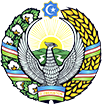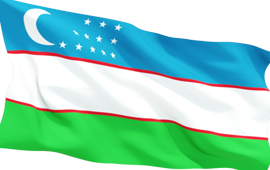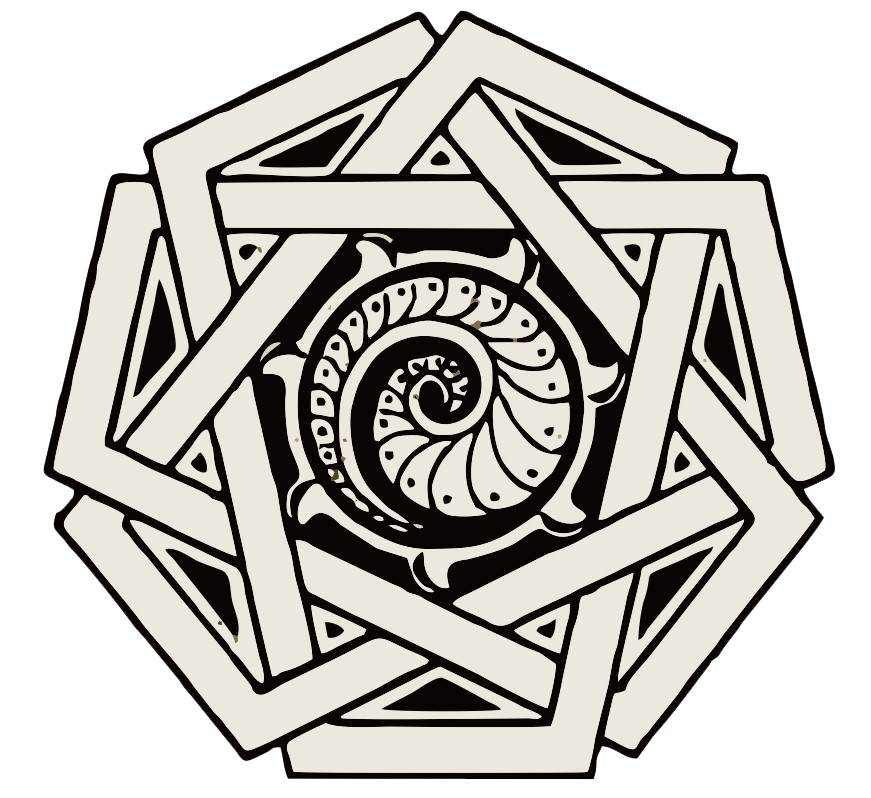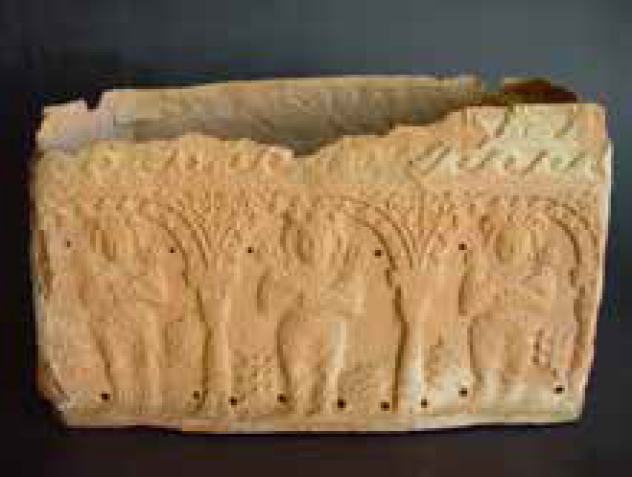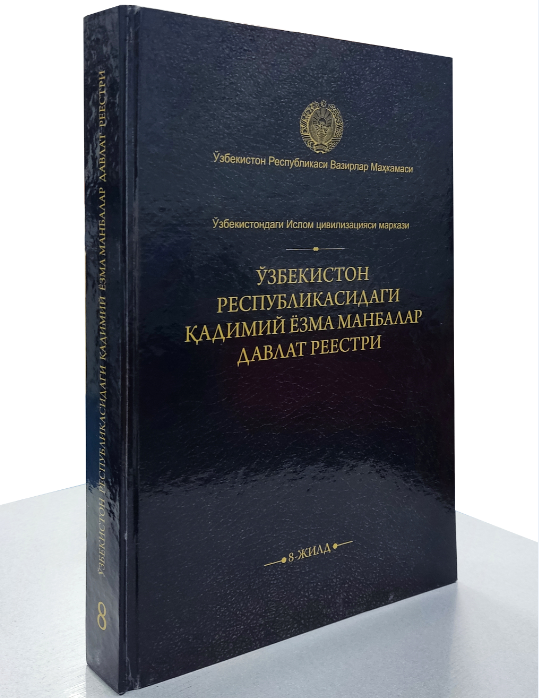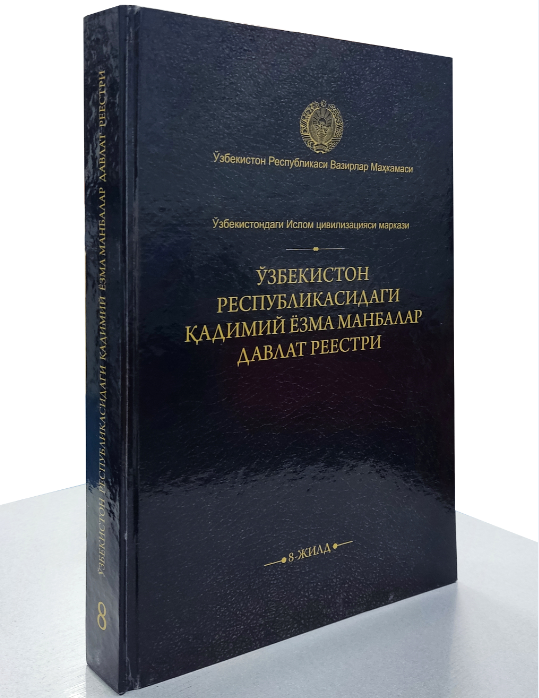“... Speaking about the history and culture of Central Asia at the end of the 4th-mid-8th centuries, it should be noted that turbulent political events and the migration of significant ethnic groups led to certain changes in the composition of the population of Central Asia: along with the descendants of the Bactrians, Sogdians, Khorezmians and other ancient The inhabitants of the lands of the Central Asian regions are now settled by groups of Chionite (and the northern steppe in general), Ephtalite, Turkic, Western Iranian and Arab origin. One cannot fail to note a certain cultural rapprochement of various Central Asian regions of that time, which manifested itself in the widespread use of the Sogdian language in them as the language of interregional (and international) communications, a similar burial rite in ossuary boxes (ossuaries), indicating a well-known unification of religious ideas and many close phenomena of a historical and artistic nature ... ”(Stavisky B.Ya. 1974. P. 157).
HISTORY OF THE ARTS OF UZBEKISTAN Akbar Khakimov
